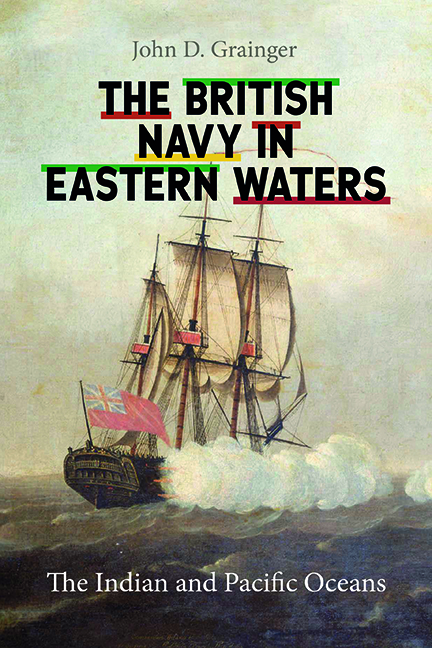14 - Imperial Withdrawal (1945 and after)
Published online by Cambridge University Press: 26 May 2022
Summary
The British Pacific Fleet was at its most powerful, numerous, and potent at the point when it ceased to be required, a comment which can also be applied to the Royal Navy as a whole. In September 1945, as the Japanese were signing the surrender document, the fleet included nine aircraft carriers, six replenishment carriers, four battleships, eleven cruisers, an anti-aircraft ship, three fast minelayers, and seventy-one destroyers and smaller craft; in addition there were ninety ships in the two fleet trains, one train manned by Royal Navy personnel, the other, termed ‘auxiliary’, manned by civilians. There were also twenty shore establishments of various sorts, mainly in Australia. Then, in the next three years, the Pacific Fleet was reduced to two cruisers, nine destroyers and frigates, and sixteen other ships. In that same period, the commander- in-chief of the station lost control of the Indian Navy, and effectively relinquished any real influence over the Australian and New Zealand navies, which had grown in the war years to the status of independent organisations. There still remained a force of ships in the Indian Ocean, based at Suez, at Aden, in Kenya, and at Singapore, but it was reduced in strength similarly. There was just one British fleet once more east of Suez.
This reduction was accomplished in the midst of a long series of crises and difficulties following the end of the war, which culminated in a new war in Korea between 1950 and 1953. In the five years after the surrender of Japan most of the countries from China to Africa underwent political convulsions, which in the end destroyed the political basis for the navy's presence in eastern waters; it had always been an instrument of empire, and with the empire mostly gone, the fleet was not necessary.
The Pacific Fleet's first task was to rescue, collect, and despatch home the prisoners of war held by the Japanese. Many were debilitated, requiring careful feeding, clothing, and medical care. They came from all the original imperial lands, from the lands of the Allies, and the United States, and there were well over a hundred thousand of them.
- Type
- Chapter
- Information
- The British Navy in Eastern WatersThe Indian and Pacific Oceans, pp. 275 - 288Publisher: Boydell & BrewerPrint publication year: 2022

